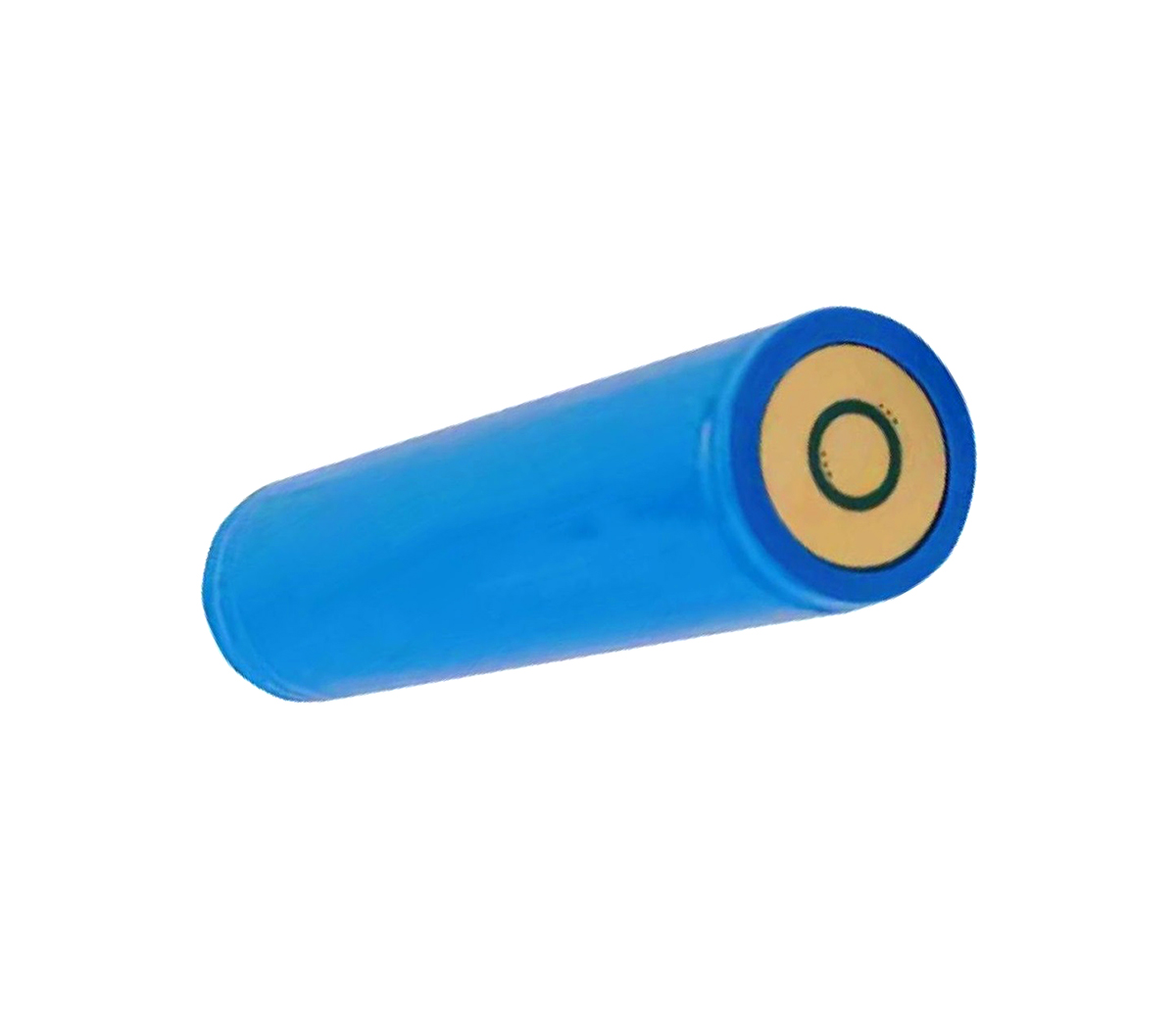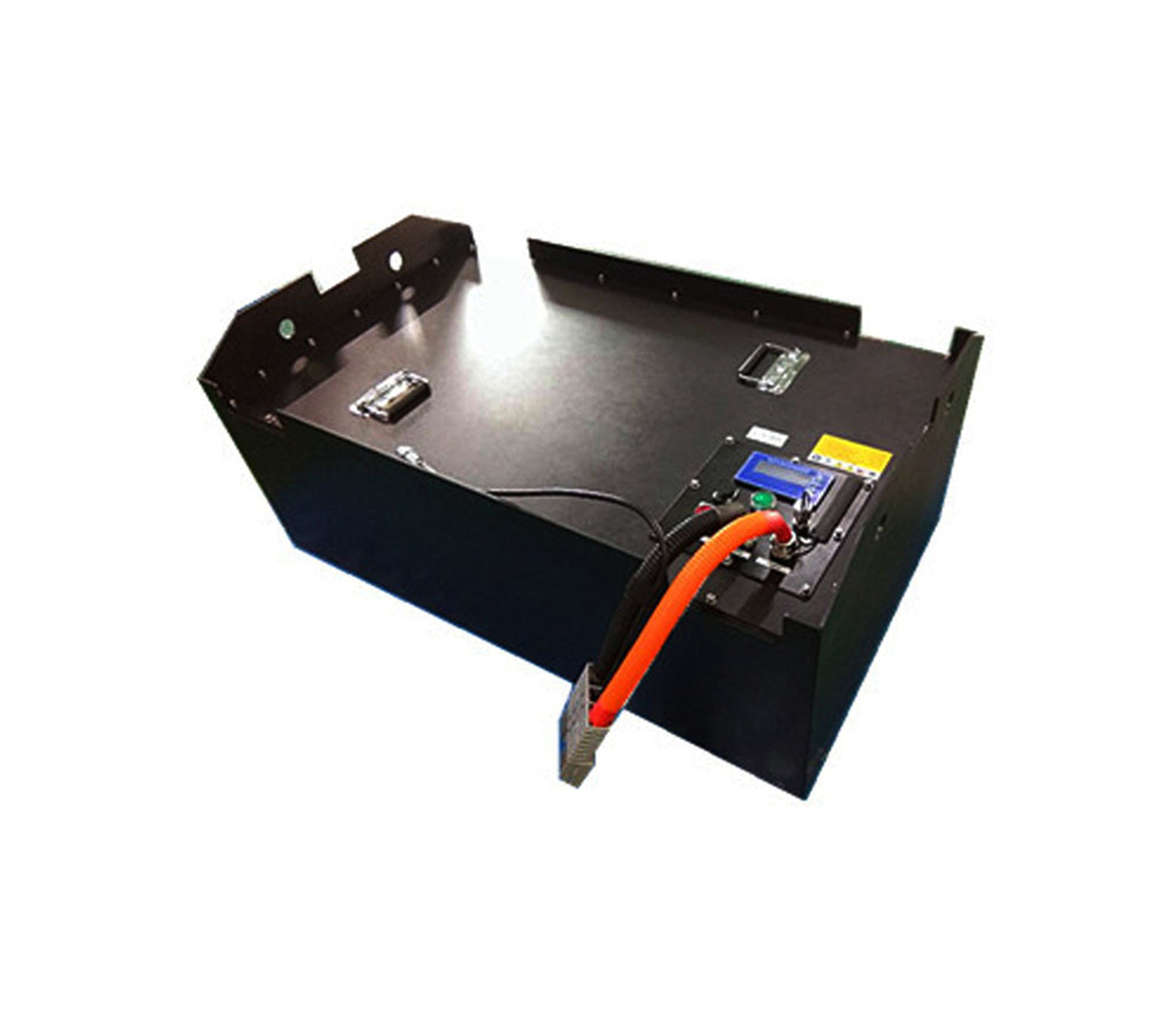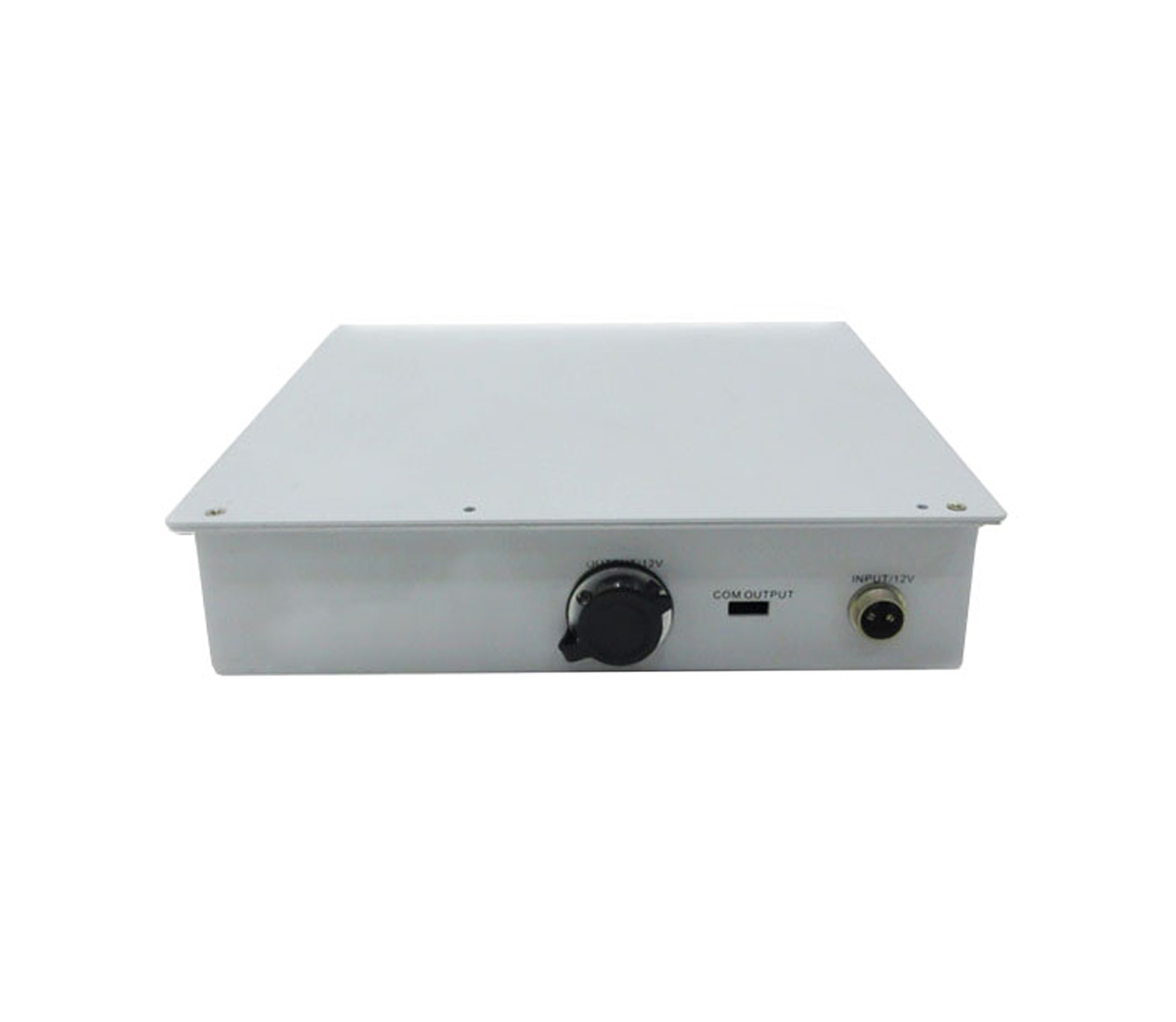Research progress on the preparation and application of functionalized
graphene
Graphene is a honeycomb single-layer carbon structure composed of carbon
atoms with SP2 hybridization to form planar covalent bonds. It is also the basic
structural unit of many nano-carbon structures such as fullerenes and carbon
nanotubes. Since it was successfully prepared by Geim et al. in 2004, graphene
has become a star material in recent years due to its extremely high mechanical
strength, carrier mobility, electrical conductivity, thermal conductivity, light
transmittance, and chemical stability. It has received extensive attention from
academia and industry.
However, in contrast to these incomparable properties, the properties
required by graphene materials actually used in production and life are diverse.
For example, graphene is a material with a theoretical specific surface area of
up to 2630m2/g, and has great application potential in surface chemistry,
adsorption and other fields. However, the surface of intrinsic graphene is a
flat large π-bond structure, which has a considerable degree of chemical
inertness and hydrophobicity, and is easy to stack and aggregate, which is not
conducive to the performance of graphene.
In order to solve the above problems and meet the needs of applications,
scholars have added other components and structures on the basis of graphene to
form a new class of material functionalized graphene. While maintaining most of
the basic properties of graphene, they have different characteristics. New
properties of intrinsic graphene. Due to the introduction of various
modification methods, functionalized graphene can gradually be designed
reasonably according to actual needs, and its application potential has
gradually been developed. In recent years, its research has been rapidly
developed!
This article reviews the latest developments in functionalized graphene.
First, according to the chemical structure, the preparation method is explained
from two aspects: covalent bonding and non-covalent bonding. Secondly, according
to the specific application field, it summarizes and narrates the latest
research results of functionalized graphene in recent years.
1. Preparation method
Functional graphene is derived from graphene. In the past ten years or so,
the preparation methods of graphene have been continuously developed, and two
types of graphene film preparation represented by chemical vapor deposition
method and graphene powder preparation represented by redox method have
gradually formed, such as As shown in Figure 1, 2. The former is characterized
by higher crystalline quality, less functional group content and intrinsic
semiconductor electronic properties, while the latter is characterized by
certain oxygen-containing functional groups on the surface of graphene and a
loose structure. Conducive to its large specific surface area performance, and
can be mass-produced. Correspondingly, the preparation of functionalized
graphene also uses intrinsic graphene and graphene oxide as raw materials,
respectively.
1.1 Covalent functionalization of graphene
Intrinsic graphene surface is completely composed of sp2 carbon atoms. This
is a very stable structure, making graphene highly chemically inert under normal
circumstances. At the same time, this structure makes it easy to stack and
aggregate between graphenes, and the hydrophobic nature makes it difficult to
disperse graphene in solvents such as water, which reduces the operability of
graphene in applications.
The covalent functionalization of graphene aims to destroy this stable
structure, thereby activating the surface of graphene, facilitating dispersion
in solvents, and also conducive to its role in applications such as adsorption,
and destroying the planar π-bond structure , The electrical and thermal
conductivity of covalently functionalized graphene is generally significantly
lower than that of intrinsic graphene. 1.1.1 Use small organic molecules for
functional group functionalization
Although the intrinsic graphene is chemically inert, its π bond can also
undergo certain types of chemical changes under strong chemical conditions.
Similar to carbon nanotubes, the sp2 carbon structure of graphene can directly
react with free radical reagents such as diazonium salts. By selecting an
appropriate reaction matrix, the required functional groups for surface
modification of various types of graphene can be realized, such as As shown in
Figure 3. In addition, intrinsic graphene can also undergo cycloaddition with
dienophiles, opening the carbon-carbon bonds of sp2 to generate functionalized
products. Through this approach, a complex ring system containing nitrogen and
other heteroatoms can be easily introduced into graphene, so that it can play a
role in a variety of applications, which is consistent with its carbon
nanotubes.
Xu et al. used acetolactone as a reducing agent to react with graphene
oxide, and used the active carbon atoms in acetylacetone to achieve reduction
and functionalization at the same time in a one-step reaction, and obtain a
functionalization with highly coordinated active acetylacetone units attached to
the surface. Graphene. This kind of graphene can not only be dispersed in a
variety of solvents such as water, but also has a strong adsorption capacity for
CO2+ and Cd2+ plasma.
1.1.2 Covalent grafting of polymers
"In addition to small organic molecules, many polymers or their precursors
can also be attached to the surface of graphene in a similar way. Fang et al.
used a diazonium salt reaction to connect aromatic hydroxyl groups on the
graphene surface, and then proceeded with free radical polymerization. The free
radicals generated by the diazonium salt were directly used as the initiator of
the reaction. As a result, the graphene and polystyrene surface phase connect.
The polymer connection effectively separates the graphene sheets and avoids
aggregation. At the same time, due to the effect of graphene, the polymer forms
a layer of better aligned film.
Similarly, the polymerization reaction of many polymer precursors can be
carried out in a suspension of graphene oxide. Graphene oxide naturally plays
the role of cross-linking the polymer, not only the performance of graphene
itself is brought into play. , Which also improves the overall performance of
the polymer composite to varying degrees.
In addition to self-polymerization, polymers can also use the active
functional groups at their chain ends to connect to the surface of graphene
oxide, which makes up for some of the shortcomings in in-situ polymerization.
For example, various polymers can be grafted on CA ink. The surface of the
graphene, including those polymers that cannot be polymerized on the surface of
graphene. Yu et al. connected P3HT molecules with hydroxyl end groups to GO
through chemical reactions, and decorated the electrical properties of graphene
through these conductive branches.
One of the biggest characteristics of graphene and polymer interconnection
is that graphene and polymer are easily cross-linked to form a grid-like
structure. In addition, because graphene is relatively rich in surface active
groups, only a small amount is required. The mass fraction can significantly
change the durability of the polymer. Many graphene polymer composites present a
gel state in solution, and for composites that can form solids, they are often
accompanied by substantial changes in physical properties. For example, in the
graphene polyvinyl alcohol system, only 1% of graphene oxide is required to
greatly improve the mechanical properties of polyethylene, and the tensile
strength and elastic modulus are increased by 88% and 150%, respectively, and
due to its covalent bond Connection, the elongation at break also has a certain
increase.
1.2 Non-covalent modification of graphene
In the practical application of functionalized graphene, it is usually
required to improve the dispersibility of graphene and avoid excessive
aggregation, but also to maintain the inherent electrical and thermal
conductivity of graphene. However, the modification of covalent bonds will cause
damage to graphene-based vehicles. The destruction of the knot is difficult to
fully meet the requirements of these two aspects, so the modification methods of
non-covalent bonds have received widespread attention.
1.2.1 Nanoparticle loading modification
Graphene, as a material with a huge specific surface area, can easily be
combined with various particles that have proven to have excellent properties
through surface adsorption. Typical particles here include Ag, Fe3O4 and other
metal or oxide nanoparticles, which are usually directly connected to the
surface of graphene oxide functional groups, or through a type of stabilizer to
achieve non-covalent connection to the surface of intrinsic graphene, as shown
in the figure As shown in 6, these nanoparticles are still firmly bonded to the
surface of graphene after the heating process.
In addition to being able to covalently bond with graphene and hydroxyl
groups, polyvinyl alcohol is also a typical example of being able to connect to
graphene oxide through hydrogen bonds. The addition of an appropriate amount of
polyvinyl alcohol can connect graphene oxide sheets to each other to form a
complex network structure. , It forms a gel in an aqueous solution.


































